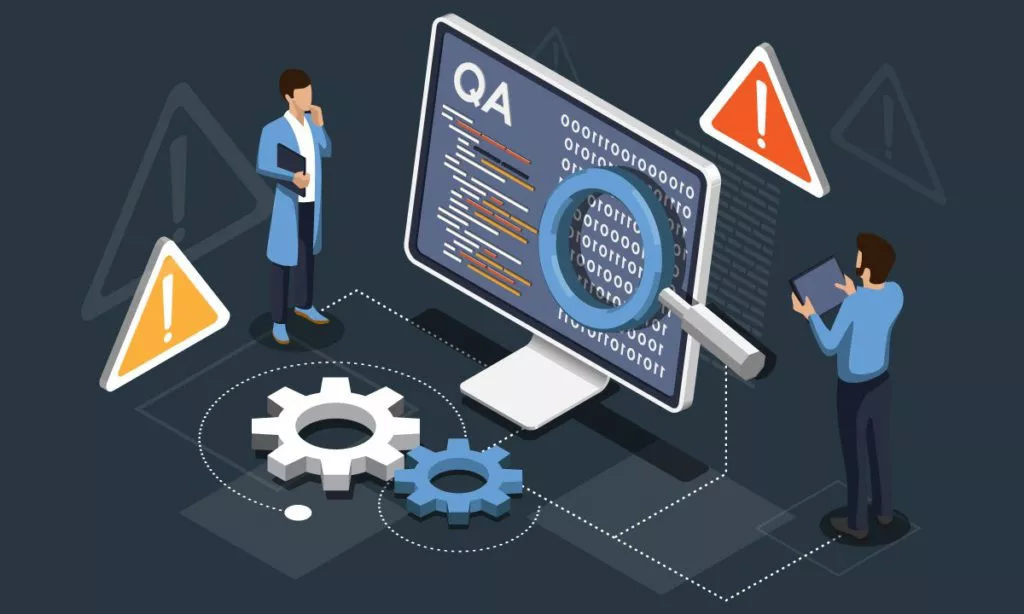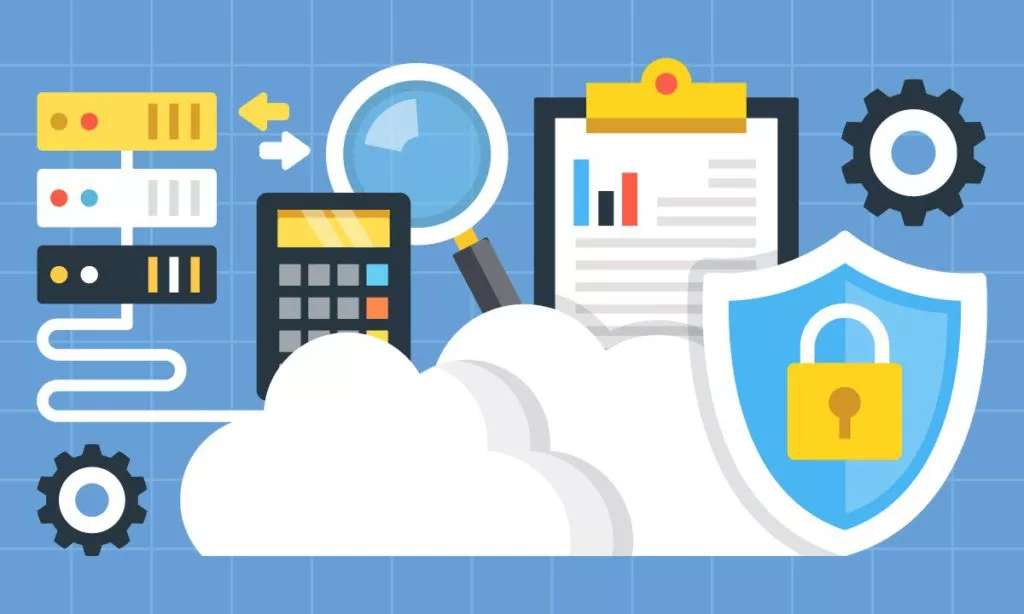May 2020
By: Bryan Reynolds | 26 May, 2020

Software often fails to meet its users’ needs over time, whether it’s the result of changing requirements or the availability of a better product. This event presents an opportunity for improvement that should minimize risk while maximizing return on investment (ROI). In particular, you’ll need to decide if your current software can do its job with some modifications, or if it’s time to buy a new product. This process is particularly challenging for enterprise software, which typically includes many discrete applications.
Read MoreBy: Bryan Reynolds | 20 May, 2020

The International Organization for Standardization (ISO) and International Electrotechnical Commission (IEC) defines software maintenance as the modification of a software product after delivery, typically for the purpose of correcting faults or improving performance. The importance of software maintenance is becoming increasingly important due to the accelerating rate of hardware obsolescence.
Read MoreBy: Bryan Reynolds | 30 April, 2020

Amazon Web Services (AWS) is an on-demand cloud computing platform with customers that include organizations, individuals and governments. It consists of many services that collectively provide the tools and building blocks users need to develop their cloud infrastructure. Amazon Elastic Compute Cloud (EC2) is one of the most essential AWS services, since it provides users with computer resources via a cluster of virtual machines (VMs). These resources include central processing units (CPUs), storage, memory and networking capability. AWS VMs also include a choice of operating systems (OSs) and preloaded application software.
Read More

